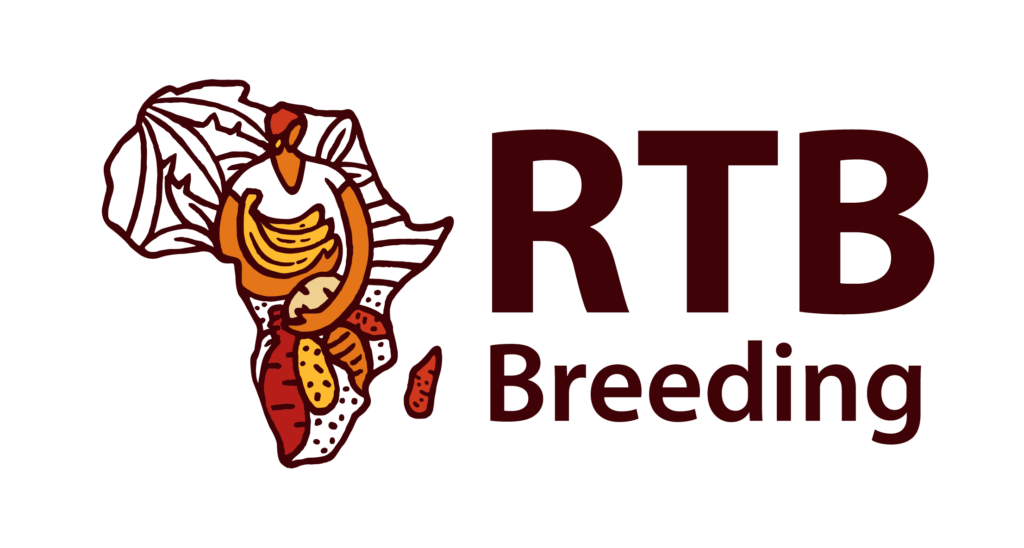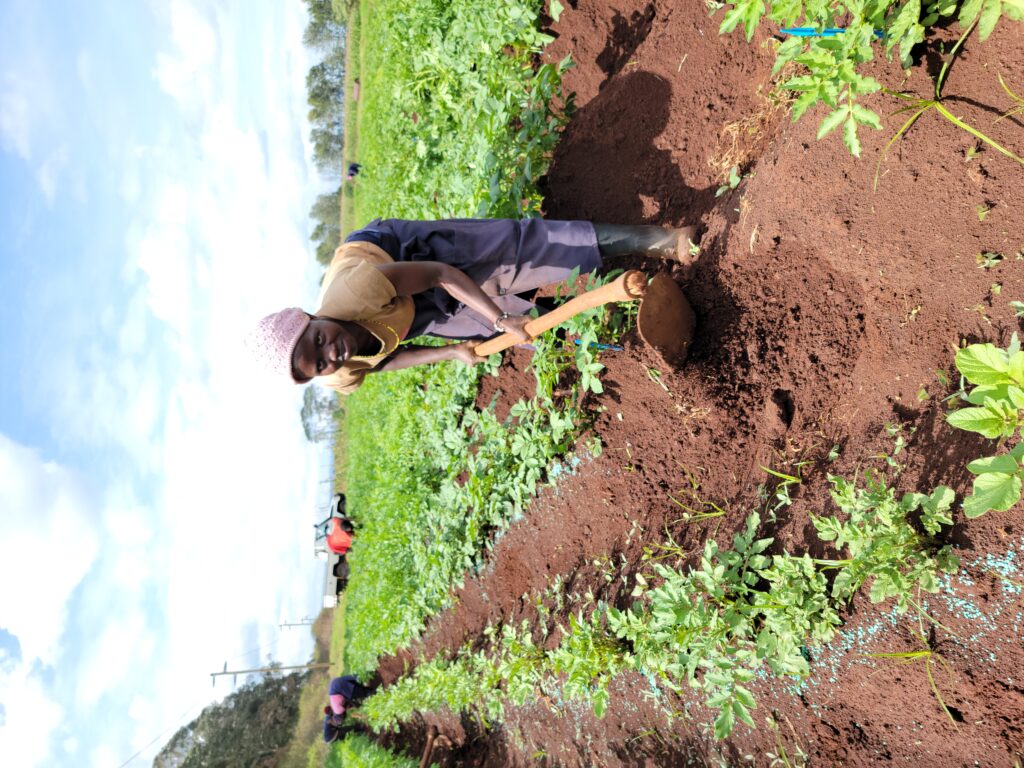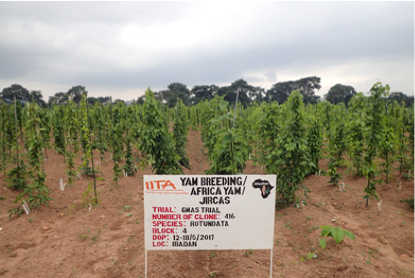Knowledge Generated
Enhanced capacity for more efficient and effective yam breeding programs in Ghana, Nigeria, Benin, Côte d’Ivoire and IITA.
New genomic resources and novel breeding methods and tools for enhanced yam breeding efficiency in West Africa
Improved yam genotypes adapted to production systems and suited to market preferences nominated for release.
Africa Yam Phase 2 has created genomic resources and tools for the global yam community, such as the 3rd Generation Hapmap, the YamBase database, and the YamBreed R package. It also adopted genomic selection and other best practices that have reduced the breeding cycle by more than half and increased the accuracy and efficiency of selection. Africa Yam Phase 2 has conducted product profile and variety adoption studies to identify the traits and preferences of different segments of yam farmers and consumers. Africa Yam Phase 2 also established a network of yam breeders and stakeholders that fosters knowledge exchange and collaboration.
Future Focus
In the next phase, we aim to:
- Increase our partnership and widescale testing networks to deliver genetic gain to farmers
- Carry out genetic mapping of effective sources of resistance to YMV, anthracnose, and food quality traits
- Develop non-stalking or bushy and determinate yam types through innovations for growth habit manipulation.
- Incorporate food quality traits in the assessment and advancement of our yam breeding populations.



